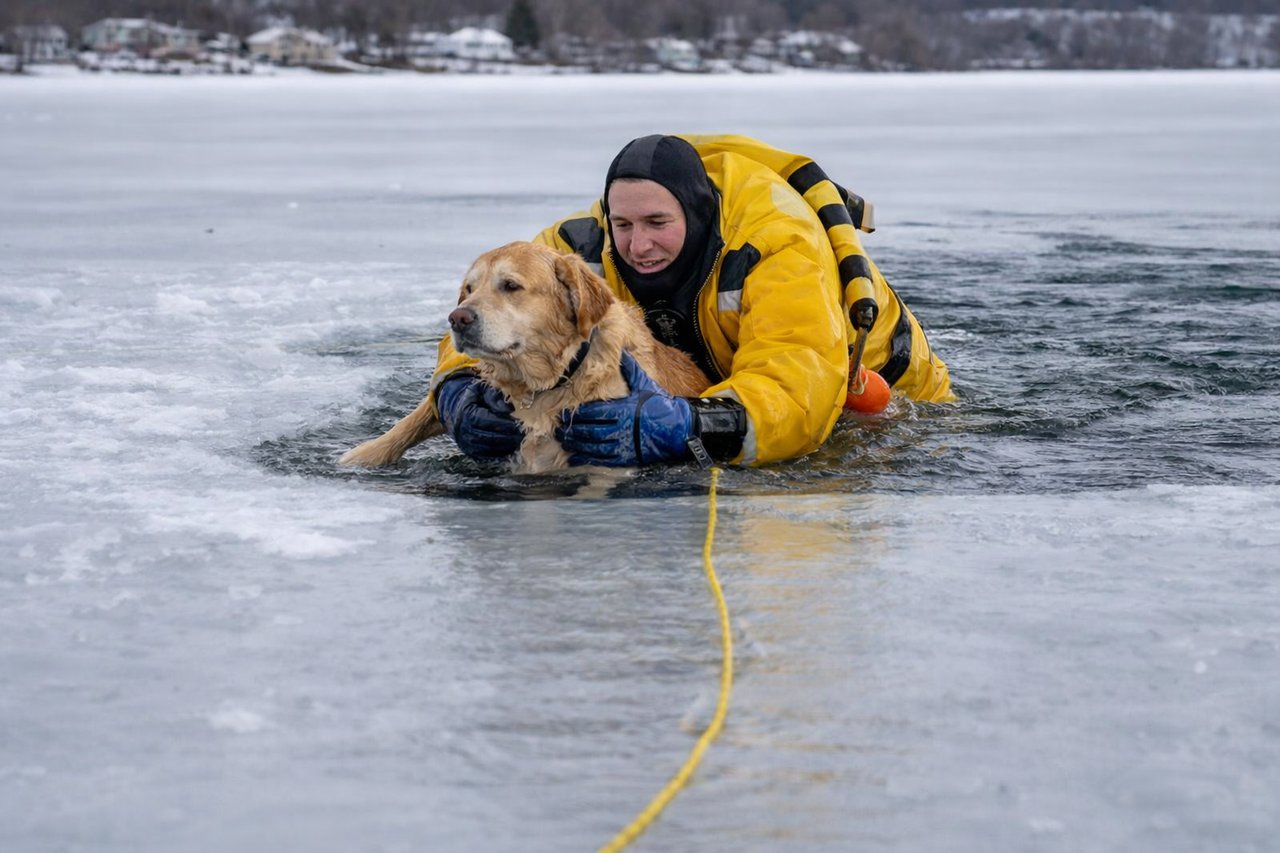Jan 28, 2021
As early as I can remember, I’ve been fascinated with flight.
I credit my father, Chubby, with this intrigue.
He was a flight instructor in World War II and an avid civilian pilot for many years after.
On long drives with my dad, I often had my hand out the window for hours, feeling the force of the wind against my outstretched “wing.”
I knew one day I would follow in his footsteps, and I sure did. I got my pilot’s license at 18 and have been flying on and off ever since.
Why We Fly
Have you ever thought about what keeps a plane in the air? It’s probably not what you think.
As a kid, I thought it was easy to understand.
Jet engines push (or propellers pull) a plane forward, and the air under the wings pushes the plane up (the same way it pushed my hand up when I stuck it out the car window).
When I started taking flight lessons, I was amazed to learn it’s the opposite.
Here’s how it works.
The Airfoil
That’s the technical name for an airplane wing.
Most people assume wings are flat on both the top and the bottom.
Not true.
Most airfoils are curved on top and flat on the bottom.
The shape of the curve on top is called the “camber” of the wing.
This design is what allows the plane to lift off the ground.
But how?
Mr. Bernoulli
In 1738, Swiss mathematician and physicist Daniel Bernoulli published a book called Hydrodynamica.
In it, he presented the Bernoulli principle.
It explains that air will move faster over the curved top of an airfoil (airplane wing) than over the flatter bottom due to the “equal transit time” theory.
This law of physics states that when air molecules are forced to split at the front of the wing, those molecules must come together at the same time at the back of the wing.
Because of the camber (curve) on top of the wing, there is more distance for air to cover, so it needs to move faster over the top.
Since the same number of molecules needs to cover more distance, they have to be further apart, which results in lower density and, therefore, less pressure on top of the wing.
Because the slower air on the flatter bottom of the wing has more density and more pressure, the result is a “molecular vacuum” effect.
So, while most people think air under a wing pushes the plane up, it’s the “thinner” air on top of the wing that pulls the plane up instead.
That’s why it’s called “lift” and not “push.”
Weighing In
But there’s one more factor to consider.
We all know gravity is the force that keeps our feet on the ground. We tend to think of that as “weight.”
It’s interesting, though, that weight is the relationship between mass and gravity.
Think of a ten-pound dumbbell.
If you fly to the moon for your workout, the dumbbell will still have the same mass, but it will have less weight (because there is less gravity).
It’s a simple equation:
Weight = Gravity X Mass
Lift Versus Weight
Lift is what pulls the plane up, and weight is what pulls the plane down.
So, lift must be greater than weight to achieve flight.
Think about a kite and a jumbo jet.
The kite has less weight (about 5 pounds), so it needs less lift to pull it into the air. A slight breeze will do.
But a 747 has a maximum takeoff weight of about a million pounds.
That’s why jumbo jets need high speed to lift off a runway.
Of course, there are many other factors of flight, including thrust, drag, temperature, air density at different altitudes, and wind speed and direction.
But you don’t need to know all that to impress your dinner guests.
Just ask, “Do you know why planes fly?”
Then dazzle them with your knowledge of lift, weight, and the molecular vacuum.
One last thing, if you ever wonder whether it’s a good day to fly, think about these words from my flight instructor:
“If birds are walking, it’s a bad day for flying.”




